On a quiet out-of-the-way street in Denver’s Congress Park neighborhood sits Glaze, a little glass bakery with a very big oven.
“We call it The Red Dragon,” says Eddie Shigeta, the bakery’s marketing manager, pointing to a 2200-pound contraption that has enough buttons on it to make it look like it came off a kitschy movie set. The Red Dragon is the first of its kind in the United States.
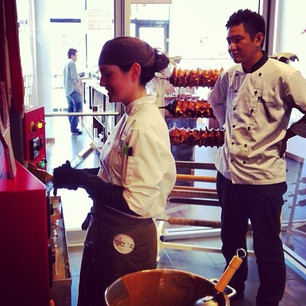
It was hauled thousands of miles from its home in Kobe, Japan, where an entrepreneurial German under less-than-ideal circumstances introduced baumkuchen to the city during World War I. Today it is one of Japan’s most beloved pastries.
Shigeta directs my attention to a cylindrical sweet with an appearance similar to a cinnamon roll being delicately pulled off of a spicket and hand-glazed at a counter across from us.
I ask what the difference is between the two. “Baumkuchen means tree cake,” he explains, pointing to the concentric circles making up the inside of the pastry that resemble the rings of a tree trunk. “Whenever someone reaches a milestone, you give these cakes to friends or relatives as a sign of giving them longevity. Essentially, the layers of the cake are supposed to represent the layers of your life.”
And every layer of Glaze’s many unique baum cakes are baked individually. (Here’s a video of the process that emphasizes the meticulousness involved in baking these cakes).
That oven I mentioned earlier is big for a reason. It can cook over 500 baum cakes at a time on its 6 rotating spickets at temperatures higher than 600 degrees Fahrenheit. Each time a layer of batter is added to a spicket, the spicket rotates through the oven and the process of adding another layer of batter is repeated anywhere from 13 to 21 times.
“There’s a lot of science involved with baking our pastries,” says Shigeta. “It has to be the perfect consistency of batter, even down to how much the batter weighs to the ratio of air bubbles inside.” The cakes being made in-house and on-display for customers today are actually meant for tomorrow as the entire process takes around 24 hours.
Shigeta is particularly fond of the Matcha Green Tea Baum concocted with tea imported from Kyoto, premium almond flour, and local cage-free eggs. “It’s called Uji Matcha,” he says, adding that the city is renown for this type of green tea.
I tried it, topped with a sugary lemon glaze, and paired with a green tea smoothie made with bananas and Almond milk. I was not only sold but contemplating boarding Denver International Airport’s new non-stop flight to Tokyo a soon as possible.
As if that wasn’t enough, the bakery treated me to one of its test kitchen products, a pumpkin variety of the baum cake its been experimenting with for the upcoming fall season.
Shigeta grew up learning about and admiring the Japanese traditions his mother brought with her to Colorado. “It touches my roots,” he says of his role with Glaze. “My mother did a lot of work to bridge the gap between Japanese and American culture over the years. That’s what I want to do as well.”
As a Denverite, I must say it is a delicious gap to fill.

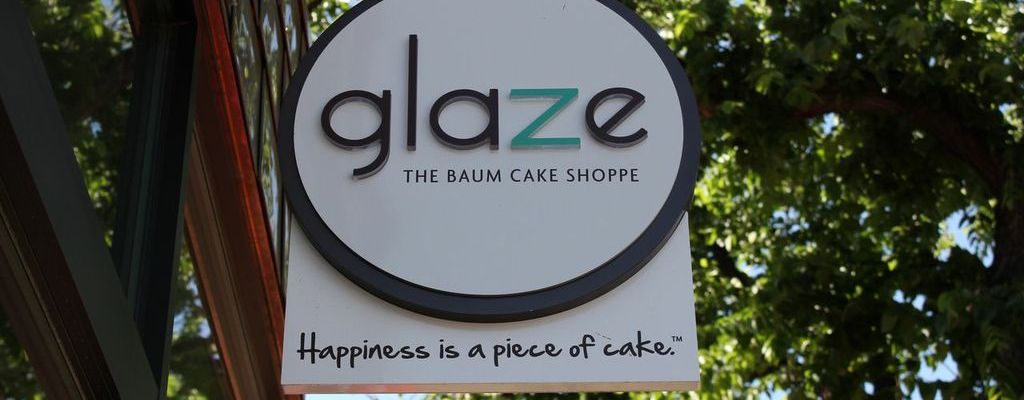
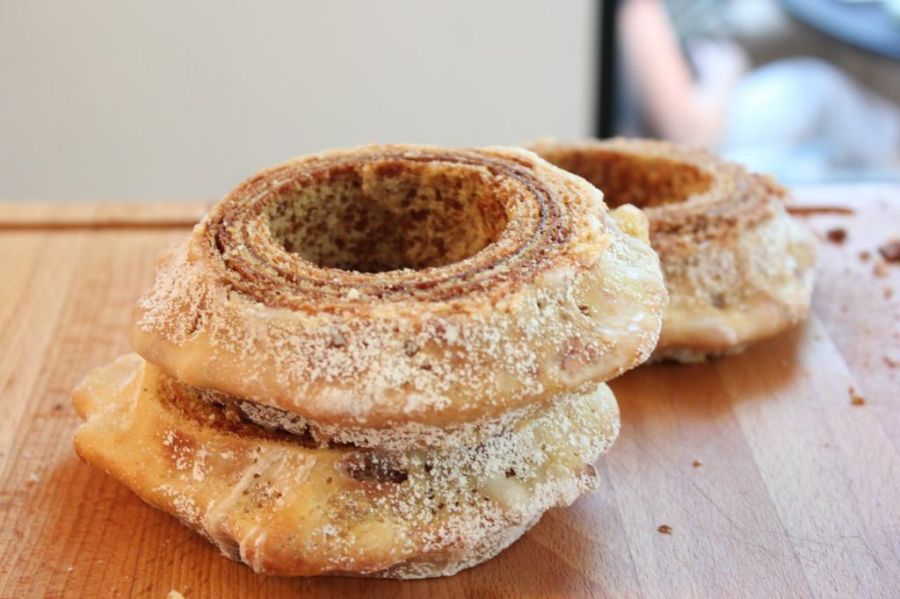
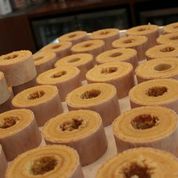
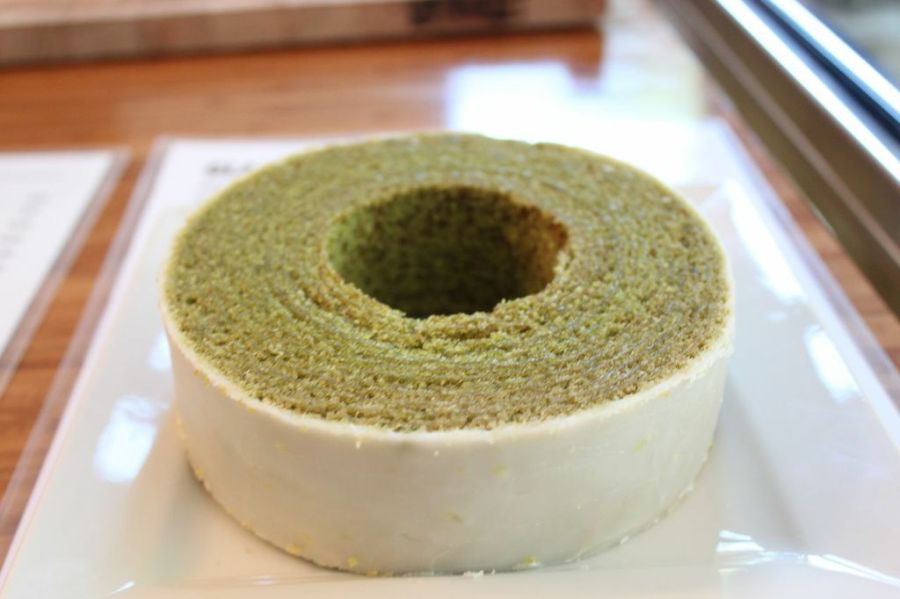
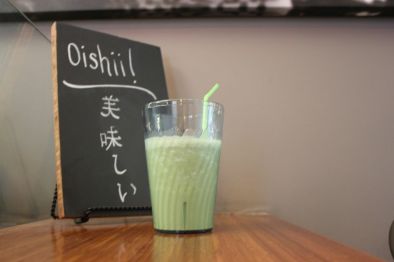
so happy to have discovered your blog! we live in congress park and are kind of addicted to glaze! seriously addicted. it’s an incredible addition to our neighborhood and the culinary scene in denver! what a lovely post 🙂
Thank you!! We look forward to writing more about great local eats in Congress Park. If you have any suggestions, feel free to write me at rmsapi@gmail.com 🙂